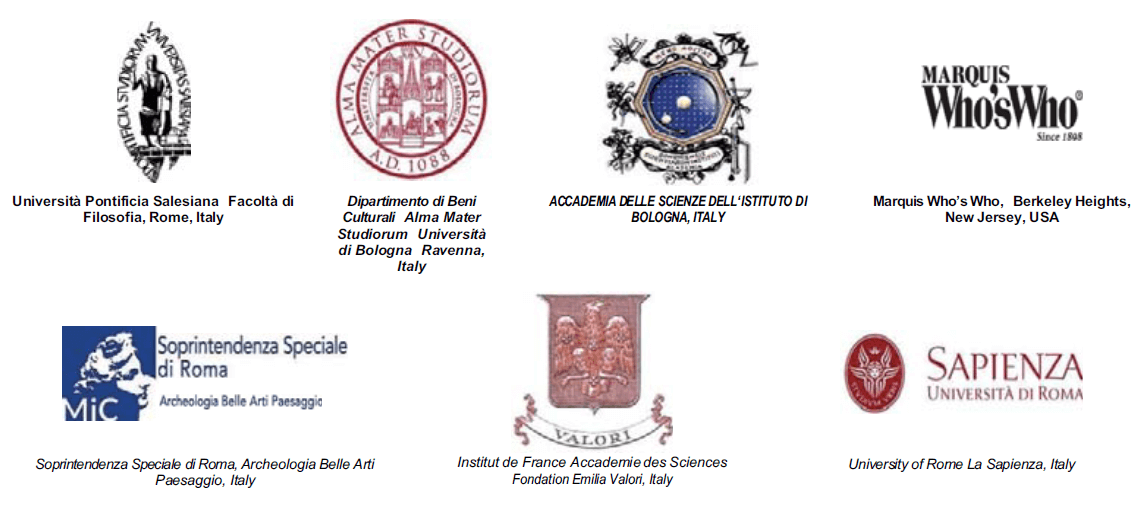Submissions
Submission Preparation Checklist
As part of the submission process, authors are required to check off their submission's compliance with all of the following items, and submissions may be returned to authors that do not adhere to these guidelines.- The submission has not been previously published, nor has it been submitted to another journal for consideration (or an explanation has been provided to the Editor).
- The correct document file format has been used for manuscript submission (MS Word .doc or docx).
- The reference guidelines have been followed (when available, Digital Object Identifiers - DOIs, should be included).
- The text adheres to the stylistic and bibliographic requirements outlined in the Author Guidelines section, see also the General Template (.docx).
- The author is aware of the reviewing and editing process of the Journal.
Copyright Notice
Copyrights and publishing rights of all the texts on this journal belong to the respective authors without restrictions. Authors grant the journal right of first publication.
This journal is licensed under a Creative Commons Attribution 4.0 International License (full legal code).
See also our Open Access Policy.
Metadata
All the metadata of the published material is released in the public domain and may be used by anyone free of charge. This includes references.
Metadata — including references — may be re-used in any medium without prior permission for both not-for-profit and for-profit purposes. We kindly ask users to provide a link to the original metadata record.
Privacy Statement
The names and email addresses entered in this journal site will be used exclusively for the stated purposes of this journal and will not be made available for any other purpose or to any other party.Privacy Policy






